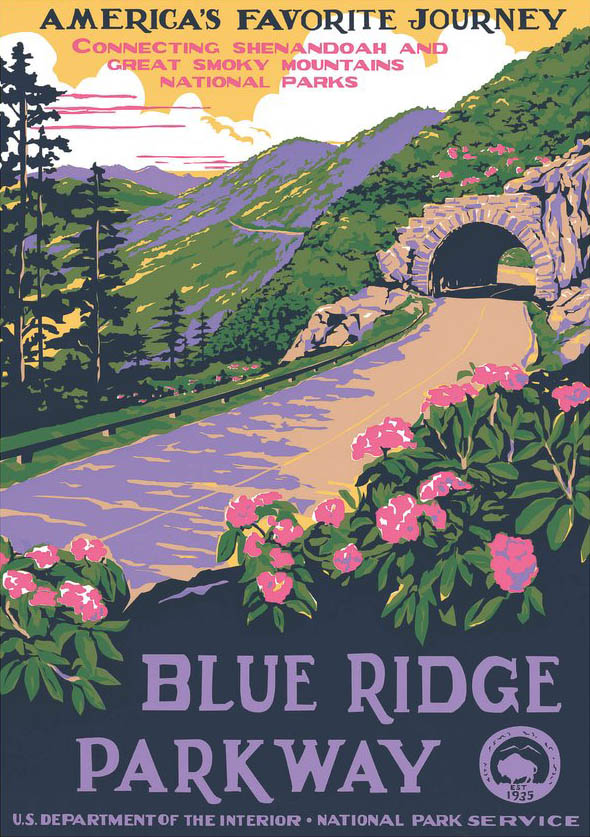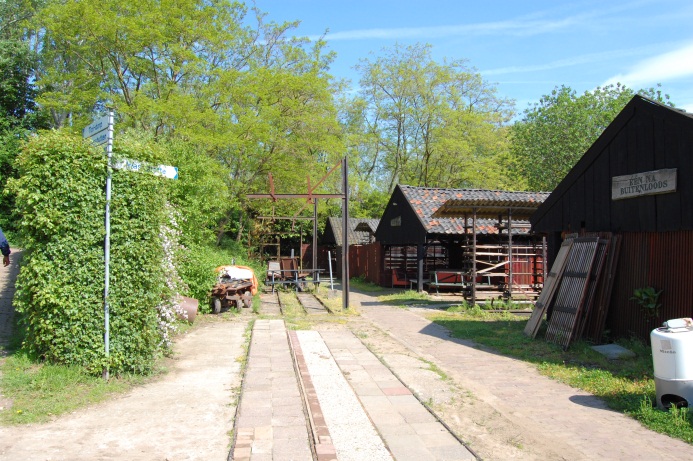The necessity of being in contact with nature and actually ‘bringing it back’, the nature-based needs in big cities and suburbs seem to be increasing and have taken many forms over the last years. The fact urban citizens nowadays are more and more interested in having a bit of green nearby whether it is a park, an own garden, an eatable roof or a green fulfilled pothole is undeniable. Insecticides, diseases, lack of biodiversity, the pleasure of eating of own ground on one hand and the increase of density, gray, hard material, unhealthy air and the climate crisis on the other hand are generating new creative concepts and bottom-up initiatives.
The scale of the actions, the way it happens and the personal/social involvement and participation can vary from the traditional going for a walk in a park or woods to growing own food if possible. We can take for example a self-regulated initiative, the gardening in public spaces or in a vacant spaces in the city as an useful contribution to temporary improvement of the urban fabric and a response to the political and economical changes in the city. Where very often spontaneous vegetation, which appears on site by accident, leads the design choices reinforcing natural processes.
Perhaps the most genuine of the nature-based needs actions are the guerrilla initiatives as the Guerrilla Gardener, a concept coined in the 1970s in the USA involving planting garden in someone else’s land. At that time it involved, among other initiatives, the use of ‘green granades’ or the ‘Molotov cocktails of gardening’ – filled condoms with seeds, water and fertilizer – which were tossed in empty lots. Today the concept has been evolved and is called GreenAid-Seedbombs and can be bought in gum machines.
Kim is one of the initiators of the GreenAid-Seedbombs and knew it will be important to work with local ecology: “We have conducted a lot of research on plants native to various areas,” “We stress that we are very, very careful not to introduce invasive species. We take our time and work closely with different communities to make sure we have the right seed selection.” In spite of the fact the Guerilla Gardener can be found in several countries, the used species remain a local decision.
‘The real voyage of discovery consist not in seeking new landscapes, but in having new eyes.’ Marcel Proust
Recipe: Seeds bombs for fun and non-profit
Somehow, this recipe feels just right for Easter weekend:
-Combine 2 parts mixed seeds (indigenous flowers, herbs or vegetables) with 3 parts compost.
-Stir in 5 parts powdered red or brown clay.
-Moisten with water until mixture is damp enough to mold into balls.
-Pinch off a penny-sized piece of the clay mixture and roll it between the palms of your hands until it forms a tight ball.
-Set the balls on newspaper and allow to dry for 24-48 hours. Store in a cool, dry place until ready to sow.
Throw the balls into vacant lots, pavement cracks, long-standing rubbish piles or anywhere that will benefit from a bit of random greenery.
(Source: The Guerrilla Art Kit, by Keri Smith)
Another sympathetic initiative of the guerrilla kind is The Pothole Gardener in London also named as ‘Hole of Happiness’ because the smile it causes. ‘We chose to garden next to The Ministry of Defense, not the most inconspicuous of guerrilla gardening locations. We had a visit from a lovely policeman who joined us for a while and told us we had made his day! He didn’t quite say he’d join us on our next adventure, but he did remark how the garden put a smile on his face’, tells the London artist Steve Wheen bringing greenery to the streets of London in miniature scenes. It is simple, adding; ‘my neighborhood has a distinct lack of green space and I’m a gardener with no garden’.
Of course the Guerrilla Garden already has blown into the Netherlands finding here a fertile soil. The Dutch culture has never had problems in taking away a pavement tile along the frontage to plant some sunflowers. The next step is the creation of vegetable gardens besides the ones of ‘beautification’. As the case of the bottom-up initiative to find along de Schepenstraat in Rotterdam, where some neighbours are gardening in the sidewalk berm, growing vegetables and flowers, making a barbecue. Next weekend, 21 and 22 April we are all invited to take part of an action. If you subscribe via http://www.guerrillagardeners.nl/ you get a bag with broad beans seeds sent to your home. My bag has already arrived with seeds of ‘Eleonora Vicia faba’ and ‘Helianthus annus’, some instructions and a pair of gloves. I’m still looking for a plot to put them in the ground for the same reasons of being a gardener with no garden at the moment.
As other initiatives of this kind it starts very small and has taken a lot of attention, which makes people involved as Richard Reynolds, author of the book ‘On Guerrilla Gardening’, last year in Rotterdam for a lecture in Het Schieblok/Premsela and at Lowlands, thinking in an enlargement of the scale of his action ‘to repair the man made damages on the environment’.
These kind of action can be experienced like readymades (objets trouvés) that, in spite of the fact they are very small, they have the power of an acupuncture treatment of addressing the problem of how we are covering the surface with a coat of cultural/hard material and pointing out where the ‘The Holes of Happiness’ with its living, fertile material can be find. They address not only the small holes in the closed paved streets of a compact city, but also, on another scale, they remind us of the unnamed open spaces in the agglomerations of big cities and on an even bigger scale, the still left lungs on earth.












It really looks good. How can I get this for my garden?